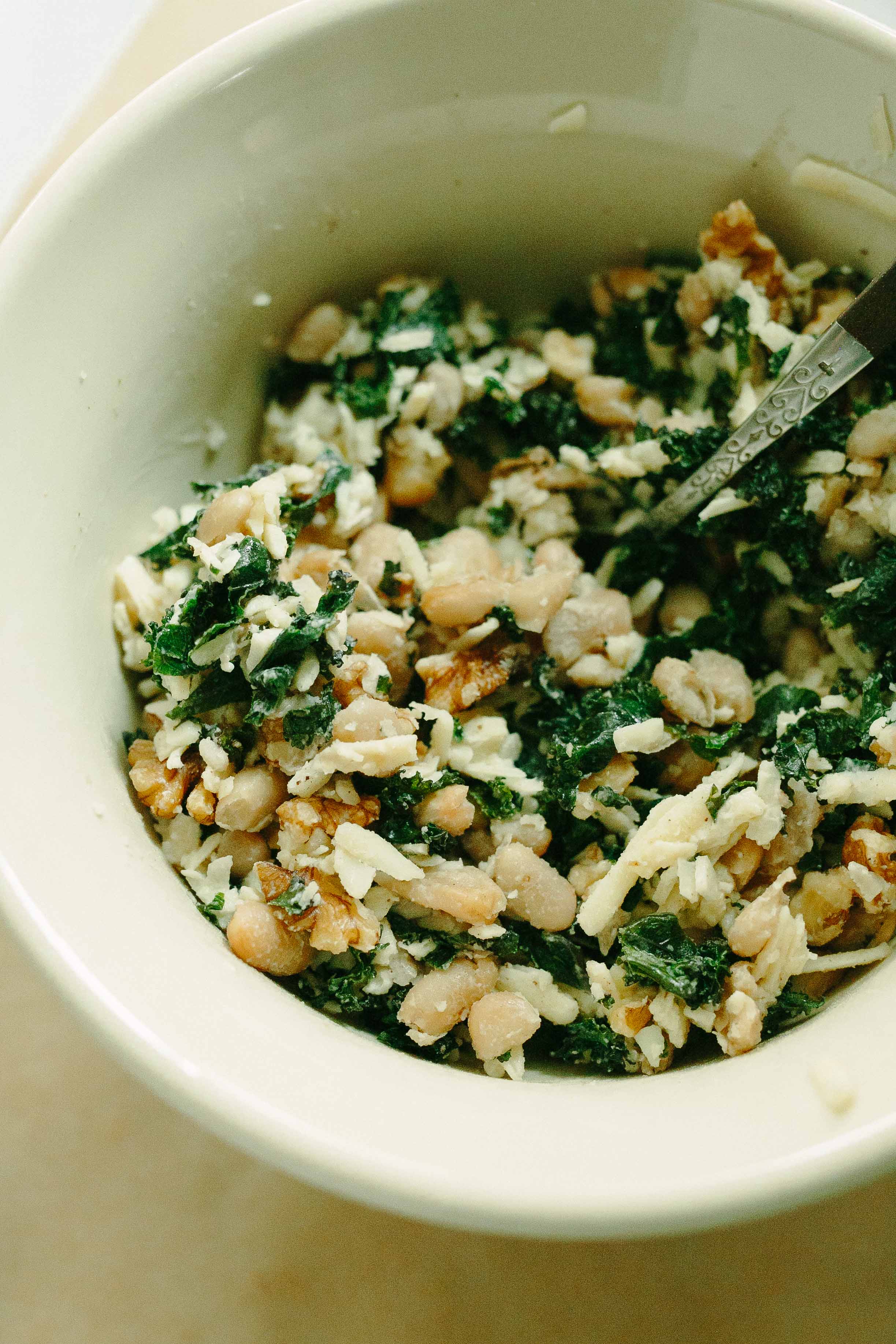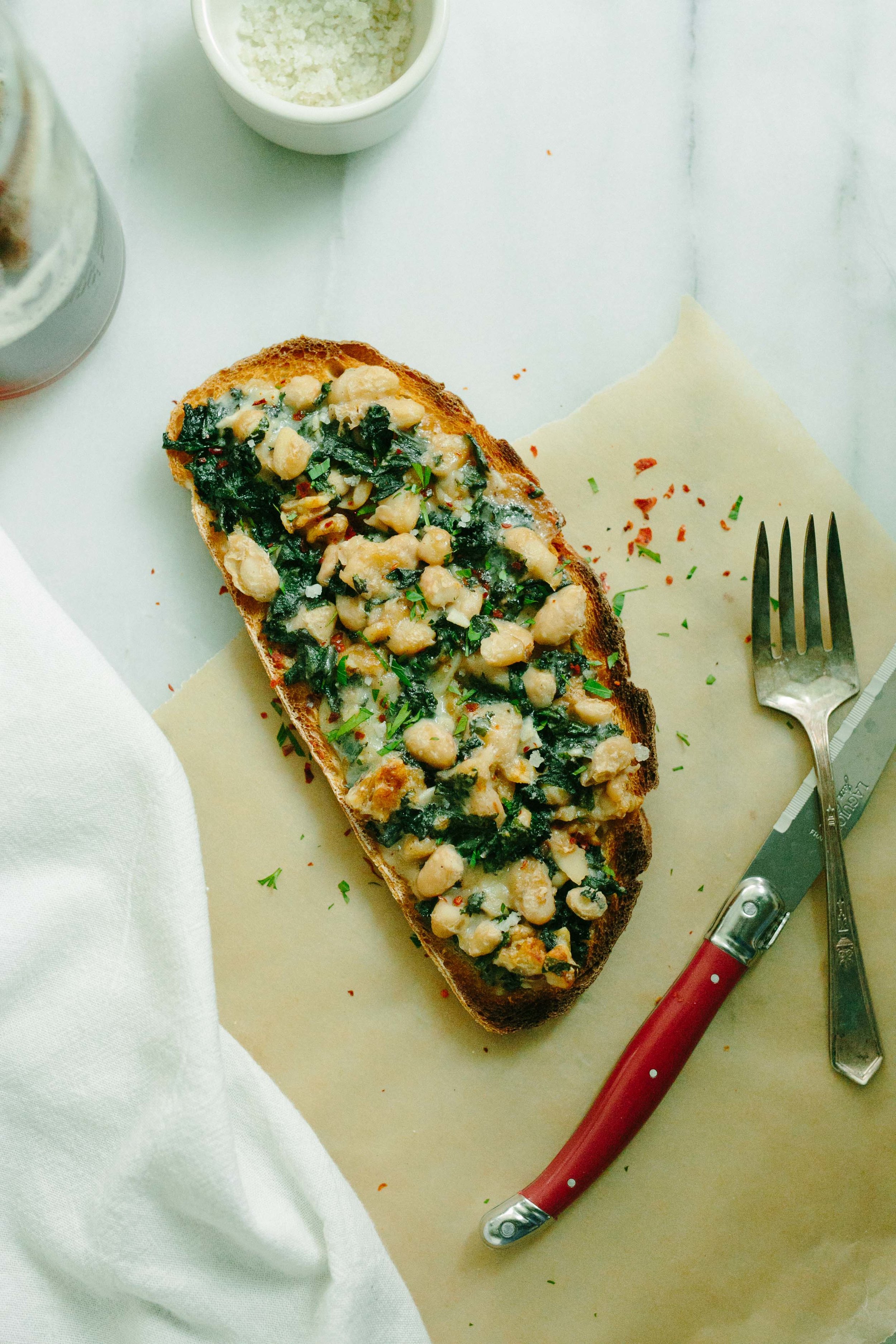OMG I'M ALIVE.
Cue blogger apologizing to readers about how sorry she is that she took a break from blogging and that she didn't mean to be away so long blah blah blah.
I am sorry not sorry about being away for so long. There is a good reason, I promise, and all will be revealed (dramatically waves hands) in the next post. I just popped back in because my email let me know that my readership exploded last weekend, and I wanted to say hello to all of you folks old and new. Hello! I'm still figuring out how you all found me, but in spite of how infrequently Field and Forest has been updated as of late, I'm here! I still like talking about/writing about/photographing/eating food! And I appreciate you being here, too!
Here's a present from the archives of recipes and photographs on my computer in the form of a fall salad. I have been a little perturbed by the way in which people have been talking about salads on some food websites as of late, like how "you shouldn't balk at this salad, I promise it is delicious!" Stop. Talking. About. Salads. Like. They. Are. Not. Amazing. And like you think people won't believe you if you talk about how amazing salads are. SALADS ARE AWESOME. Always have been. Always will be.
And full disclosure: the photo of this salad is of a salad with mozzarella, not burrata. Burrata is noticeably creamier (and messier), and I think this recipe came from a time when life was messy and I needed to photograph something neat and reliable. But, if you can get it, burrata is a knock-your-socks-off luxurious addition to this salad and very much worth the mess.
ROASTED CAULIFLOWER AND FRESH FIGS WITH
BURRATA, MIZUNA, AND ALMONDS
serves 4 for a light meal or hearty side salad
Preheat your oven to 425˚F. Spread the cauliflower florets in a single layer on a baking sheet, drizzle generously with olive oil, and toss with your hands to evenly coat the florets. Roast in the oven, stirring once or twice, until crispy and evenly golden (10-20 minutes depending on the size of your florets). Set aside to cool.
Toast the almonds in a dry skillet over medium heat until golden brown, stirring frequently so that they don't burn. Set aside to cool.
Wash and slice figs into whatever shapes you prefer (wedges, halves, rounds). Slice mozzarella or burrata into enough slices that everyone has an equal amount of cheese on their plate (I've been using 6 slices for 2 people, and 8 slices for 4 people); if you are using especially creamy burrata, you may have an easier time cutting it in half, then in half again to make 4 quarters.
To plate: place the cheese on 4 plates, then divide your mizuna or arugula evenly over the cheese. Top with the cauliflower florets and sliced figs. Scatter the toasted almonds over the vegetables, fruit, and cheese. Drizzle with more extra virgin olive oil, some balsamic vinegar, and top each salad with a generous pinch of flaky sea salt and a grind or two of black pepper. Serve immediately.
1 head of cauliflower, cut into florets
Extra virgin olive oil (for roasting the cauliflower and dressing the salad)
1/2 cup almonds, coarsely chopped
1 pound ripe figs
1 pound burrata or buffalo milk mozzarella
a couple of handfuls of mizuna, arugula, or other peppery salad green
aged balsamic vinegar
flaky salt
freshly ground black pepper
















